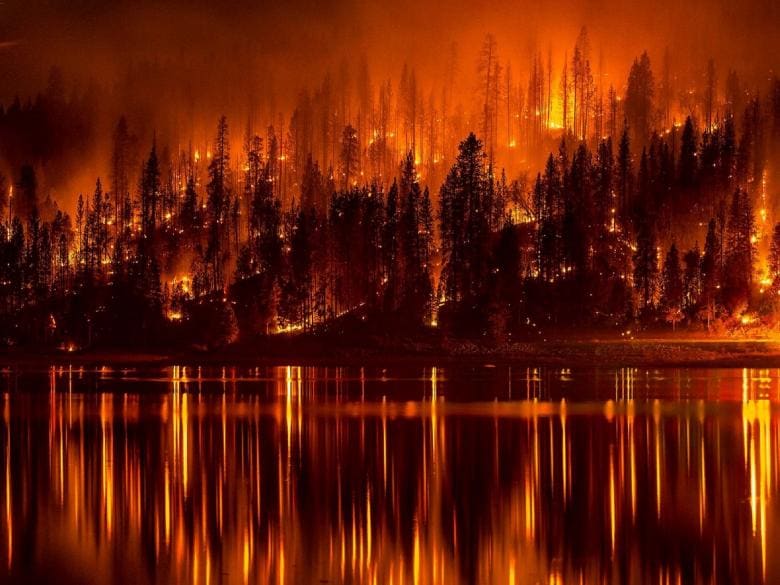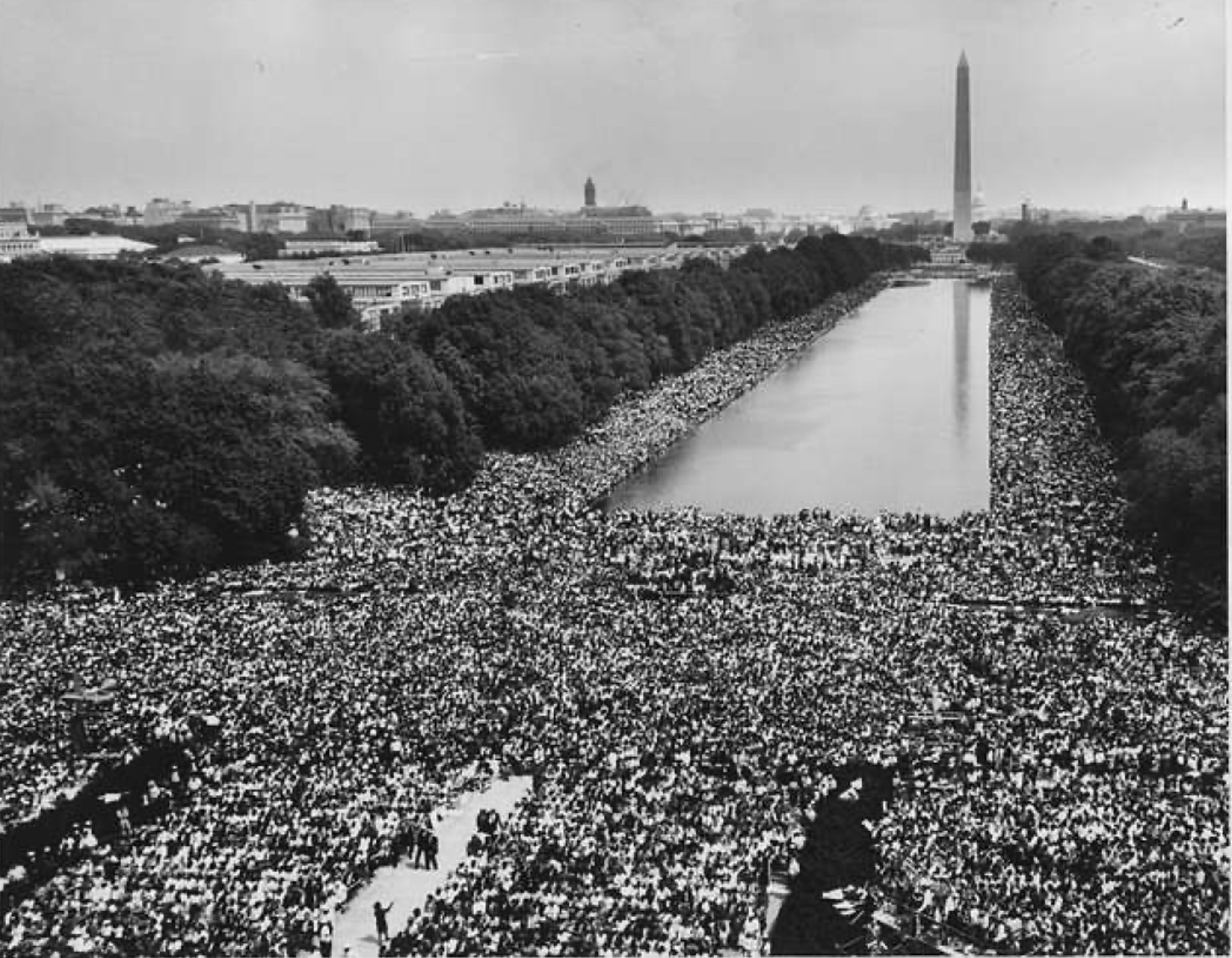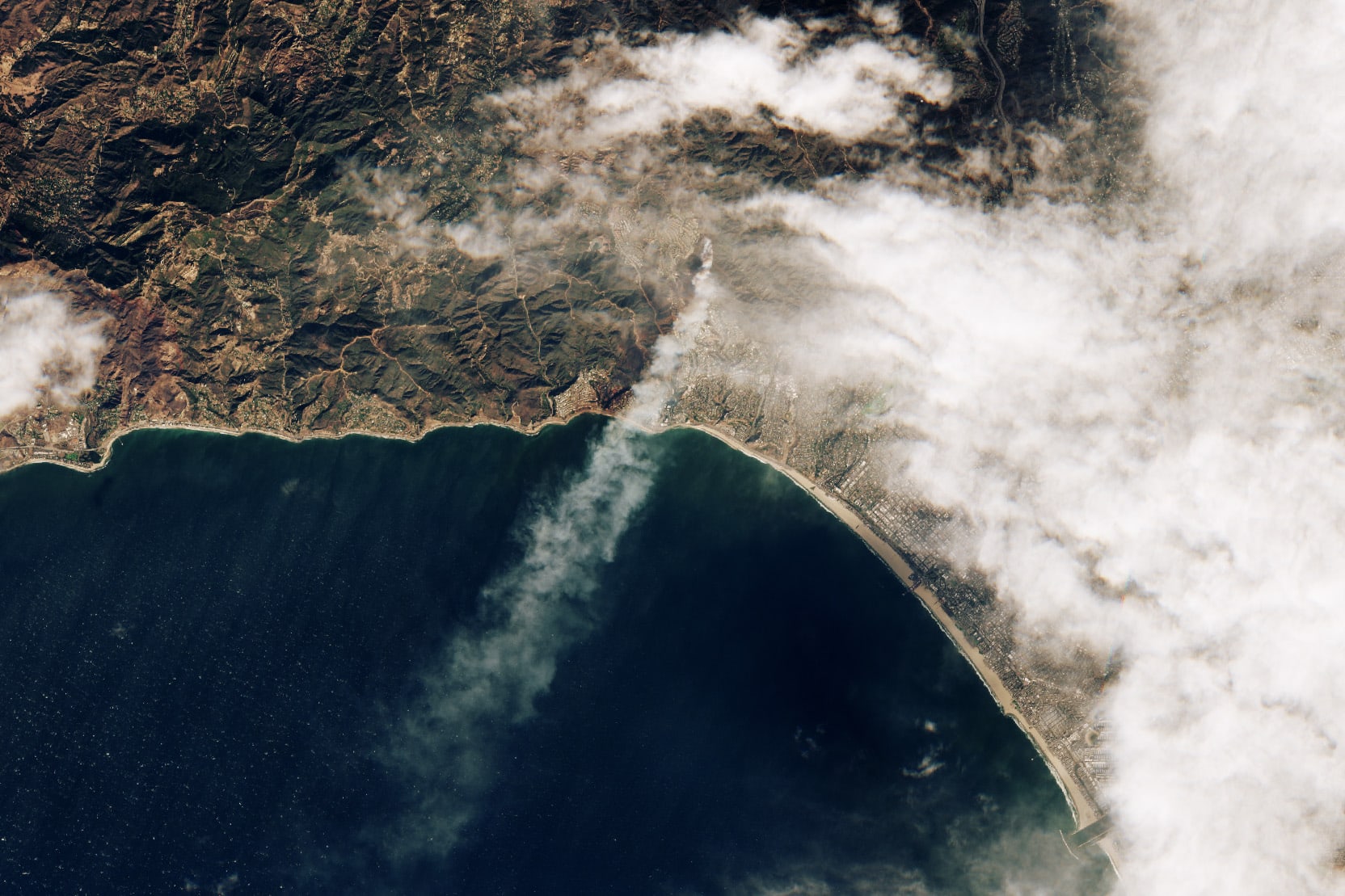
State of Emergency Declared in Canadian Province as Wildfires Rage
Are you concerned about this year's fire season?
Updated August 21, 2023, 12:00 p.m. PST
- The Canadian province of British Columbia has declared a state of emergency as wildfires threaten multiple communities, including Kelowna, a city of 150,000. More than 35,000 people across the province are under evacuation orders.
- Canadian Prime Minister Justin Trudeau has deployed the military to help battle the nearly 380 fires currently raging across the province.
- British Columbia Premier David Eby imposed a ban on non-essential travel in order to free up accommodation for evacuees and firefighters
- West Kelowna's fire chief Jason Brolund said:
"Somebody described it to me last night in the heat of the battle as it was like a hundred years of fire fighting all at once in one night. And I really think that it was true. We fought 100 years' worth of fires."
- Further north, the city of Yellowknife, Northwest Territories, was fully evacuated, with its population of 20,000 fleeing south. Firefighters have been trying to keep the fire back from the city.
- Across the border, residents of Spokane County, Washington, are under an evacuation order due to a separate wildfire.
Updated August 17, 2023, 1:10 p.m. PST
- Yellowknife, the capital of Northwest Territories, is under an evacuation order as an out-of-control wildfire is expected to hit the city by the weekend. The fire currently covers 402,000 acres and is just under 10 miles from the city.
- The entire population of 20,000 has been ordered to leave the city, with nearly all of the residents leaving by a single highway, which has been backed up since yesterday. Most residents are fleeing to Northern Alberta or British Columbia.
- Evacuation flights are set to begin this afternoon and will continue until the entire population is safely out of the city.
- The fire has also prompted the evacuation of several nearby towns, including the Dene First Nation communities of N’dilo and Dettah.
- Mike Westwick, the Northwest Territories fire information officer, said:
“The reality is we’ve been fighting this fire for over a month. This fire has burned deep, this fire has burned hot, and it has found ways through multiple different sets of established [control] lines."
- Observers called the scene an "apocalypse," with bears and deer burned alive on the side of the highway.
- Meta has banned news-sharing in Canada, so residents are unable to share links to evacuation information and fire updates on Facebook or Instagram.
Updated July 31, 2023, 12:15 p.m. PST
- A wildfire has triggered evacuations in border communities in Washington and British Columbia, Canada. The fire started near the town of Oroville and has been dubbed the "Eagle Bluff" fire.
- As of Sunday, the wildfire spanned 10,000 acres and was classed as 0% contained.
- Canadian officials have issued an evacuation order for more than 700 houses in Osoyoos.
- Over 1,000 wildfires were active across Canada this weekend as the country faces its most dramatic fire season on record.
What's the story?
- The Canadian government has warned that drought conditions and climate-change-driven high temperatures will culminate in a historically intense forest fire season over July and August.
- Forest fires are expected to impact the entire country, from the Yukon and British Columbia, the epicenter of most Canadian fire seasons, to Quebec, Ontario, and Newfoundland.
A record fire season
- There have been 3,412 forest fires in Canada this season alone. The 10-year average is 2,751. There are 649 active fires burning across Canada, 353 of which are raging out of control.
- On June 27, Canada reached a historical high as this year has seen the most area burned by wildfires in one season since records have been kept. There have been 8.8 million hectares of land burned, 11 times the 10-year average in the country,
- This year has seen the most evacuations due to forest fires in the past four decades, with 155,000 people evacuated from their homes.
- 2023 has also prompted the largest international response in history, with 3,258 firefighters from 11 countries having traveled to Canada to offer support. The cost of combatting forest fires is nearly $1 billion per year.
- Indigenous populations are disproportionately impacted, as 60% of reservations are in regions at heightened risk of forest fires.
What experts are saying
- Michael Norton, from the Northern Forestry Centre at Natural Resources Canada, said:
"Drought is a major contributing factor affecting parts of all provinces and territories and intensifying in some regions. When coupled with forecasts for ongoing above-normal temperatures across most of the country, it is anticipated that many parts of Canada will continue to see above-normal fire activity."
- Dr. Theresa Tam, Chief Public Health Officer, said:
"This summer, we are witnessing the effects of climate change first-hand as Canada continues to experience more intense and frequent severe weather events."
Are you concerned about this year's fire season?
—Emma Kansiz
The Latest
-
 Changes are almost here!It's almost time for Causes bold new look—and a bigger mission. We’ve reimagined the experience to better connect people with read more...
Changes are almost here!It's almost time for Causes bold new look—and a bigger mission. We’ve reimagined the experience to better connect people with read more... -
 The Long Arc: Taking Action in Times of Change“Change does not roll in on the wheels of inevitability, but comes through continuous struggle.” Martin Luther King Jr. Today in read more... Advocacy
The Long Arc: Taking Action in Times of Change“Change does not roll in on the wheels of inevitability, but comes through continuous struggle.” Martin Luther King Jr. Today in read more... Advocacy -
 Thousands Displaced as Climate Change Fuels Wildfire Catastrophe in Los AngelesIt's been a week of unprecedented destruction in Los Angeles. So far the Palisades, Eaton and other fires have burned 35,000 read more... Environment
Thousands Displaced as Climate Change Fuels Wildfire Catastrophe in Los AngelesIt's been a week of unprecedented destruction in Los Angeles. So far the Palisades, Eaton and other fires have burned 35,000 read more... Environment -
 Puberty, Privacy, and PolicyOn December 11, the Montana Supreme Court temporarily blocked SB99 , a law that sought to ban gender-affirming care for read more... Families
Puberty, Privacy, and PolicyOn December 11, the Montana Supreme Court temporarily blocked SB99 , a law that sought to ban gender-affirming care for read more... Families
 Climate & Consumption
Climate & Consumption
 Health & Hunger
Health & Hunger
 Politics & Policy
Politics & Policy
 Safety & Security
Safety & Security
